Morning Routine
01
Upon waking up, rinse your mouth with either saline water or warm water. Saline water effectively removes the sticky feeling in the mouth and leaves you feeling fresh and comfortable.

02
After breakfast, start with a simple rinse to remove food debris, then proceed with using a water flosser and an orthodontic toothbrush for thorough cleaning. You may choose to use mouthwash afterward as an additional step, though it is not mandatory.
Post-Lunch Cleaning
01
After lunch, rinse your mouth immediately to clear out any food particles. Follow up by using a water flosser to clean hard-to-reach areas around the brackets and between teeth. Depending on your situation, you can choose to use either an interdental brush or dental floss for deeper cleaning. If possible, dental floss is preferred for more effective interdental cleaning.
02
Tip: Interdental brushes and dental floss can be used independently or together. It is generally recommended to use them before brushing, but they can be effective after brushing as well. Mouthwash should only be used as an additional cleaning aid, not a substitute. If there is still a significant amount of food residue in the mouth, mouthwash alone will not be sufficient for proper cleaning.
Evening Routine
01
After dinner, it is crucial to focus on cleaning thoroughly. Start by rinsing your mouth multiple times to remove the majority of food debris. Then, use a water flosser for a more comprehensive cleaning, targeting the spaces between your teeth and around the brackets.
02
Next, use dental floss to clean between each tooth. Ensure that the floss gently reaches the area where the gums meet the teeth, without going too deep or staying too shallow, to avoid inadequate cleaning or gum damage. After flossing, use an interdental brush dipped in fluoride toothpaste to clean the gaps between your teeth, around the brackets, and in any hard-to-reach areas. This process is similar to scrubbing away stubborn stains.
03
Finally, use an orthodontic toothbrush and brush your teeth using the Bass technique for at least 5 minutes. After brushing, rinse your mouth gently once or twice. It is advisable to leave some fluoride foam between your teeth to help prevent cavities.
Monthly Maintenance and Long-term Care
01
Applying fluoride once a month is an effective way to protect your teeth from bacterial damage. Additionally, aim to schedule a professional dental cleaning and checkup at least once a year to ensure no cavities develop during orthodontic treatment.
02
Essential tools for on-the-go: A water flosser and mouthwash are essential when you are out. After meals, it's important to clean food debris from your mouth as soon as possible using a water flosser. If you need to brush your teeth, it’s best to wait at least 30 minutes after eating to avoid damaging your enamel.
03
Cleaning orthodontic screws: The screws in your braces can easily accumulate food particles, so it is vital to clean them regularly. After each meal, use a water flosser to flush around the screws, and use a toothbrush or an interdental brush for more thorough cleaning. Regular checks for inflammation are essential, as untreated infections may require screw replacement, which can be painful and inconvenient.
Cleaning Your Oral Care Tools


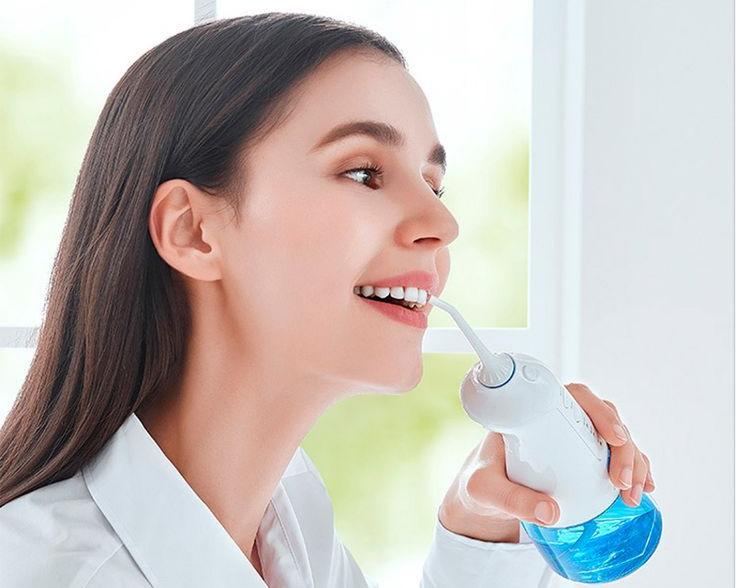
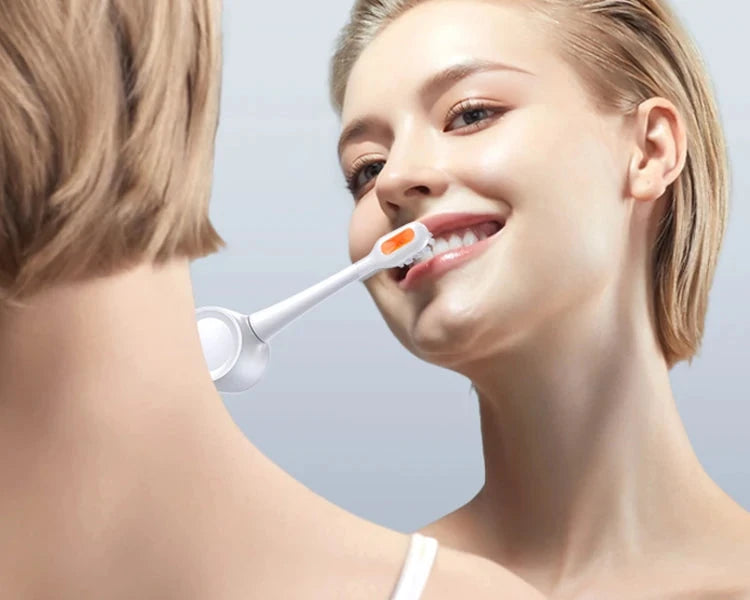
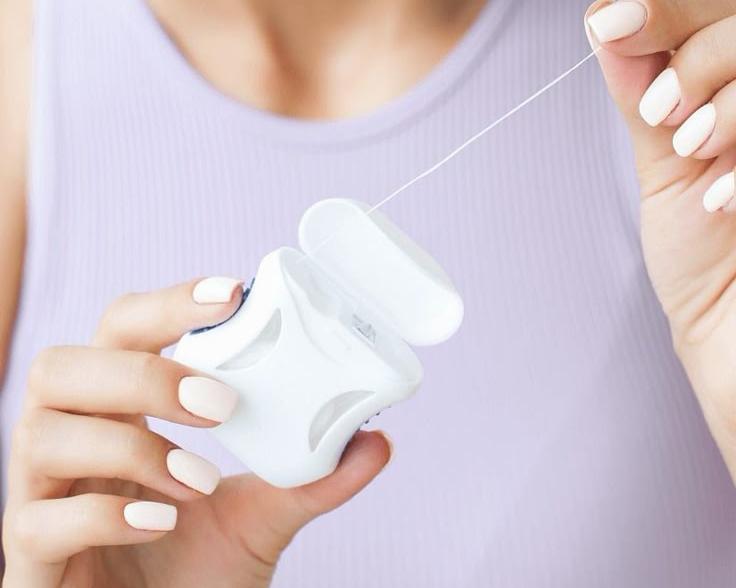
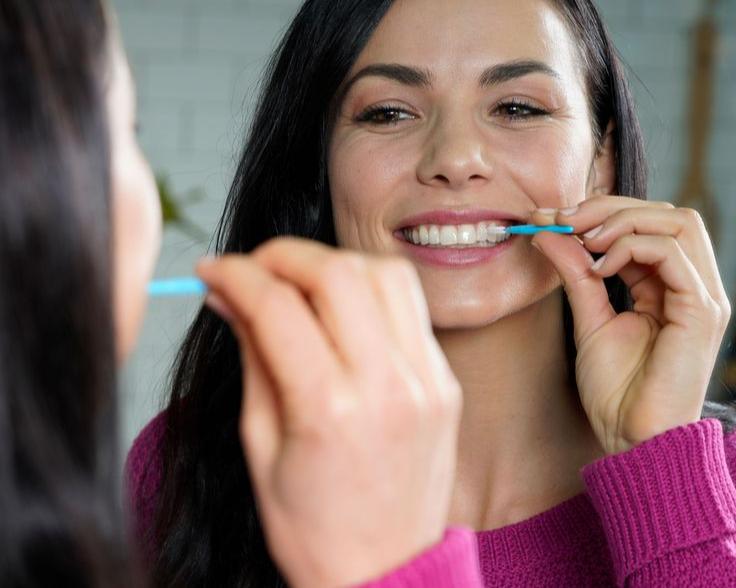
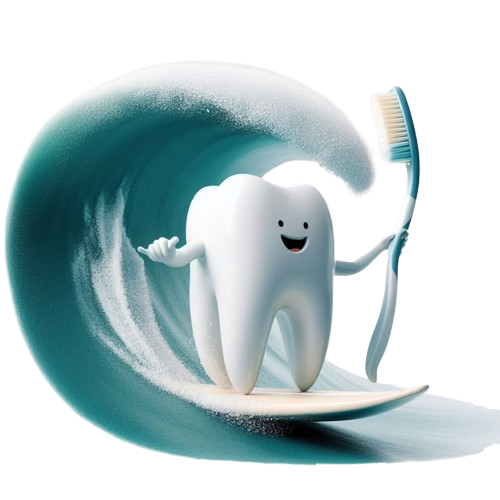
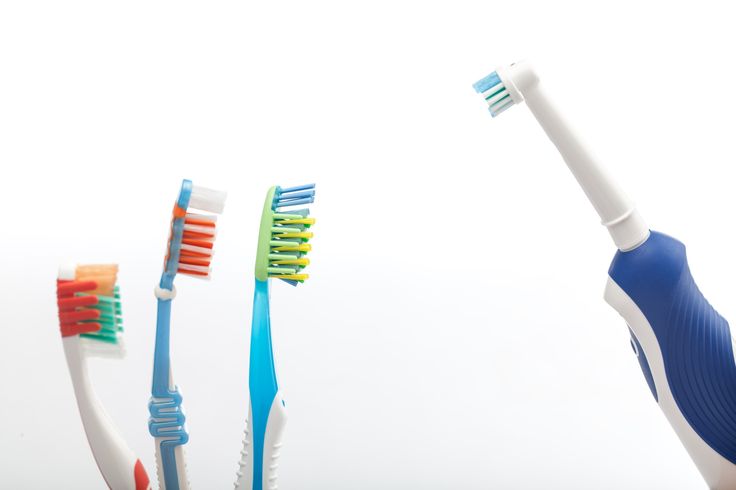







1 commento
Julia
I came across this blog mentioning using a water flosser and other cleaning tools. Do I need to use all of these?
Commenta
Questo sito è protetto da hCaptcha e applica le Norme sulla privacy e i Termini di servizio di hCaptcha.